- Jul 12, 2018
- 10,492
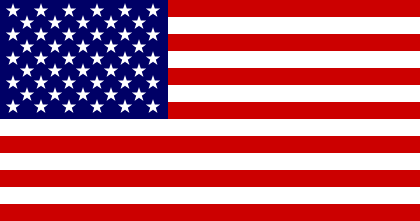
|
OPERATION NEPTUNE |
TOP SECRET |
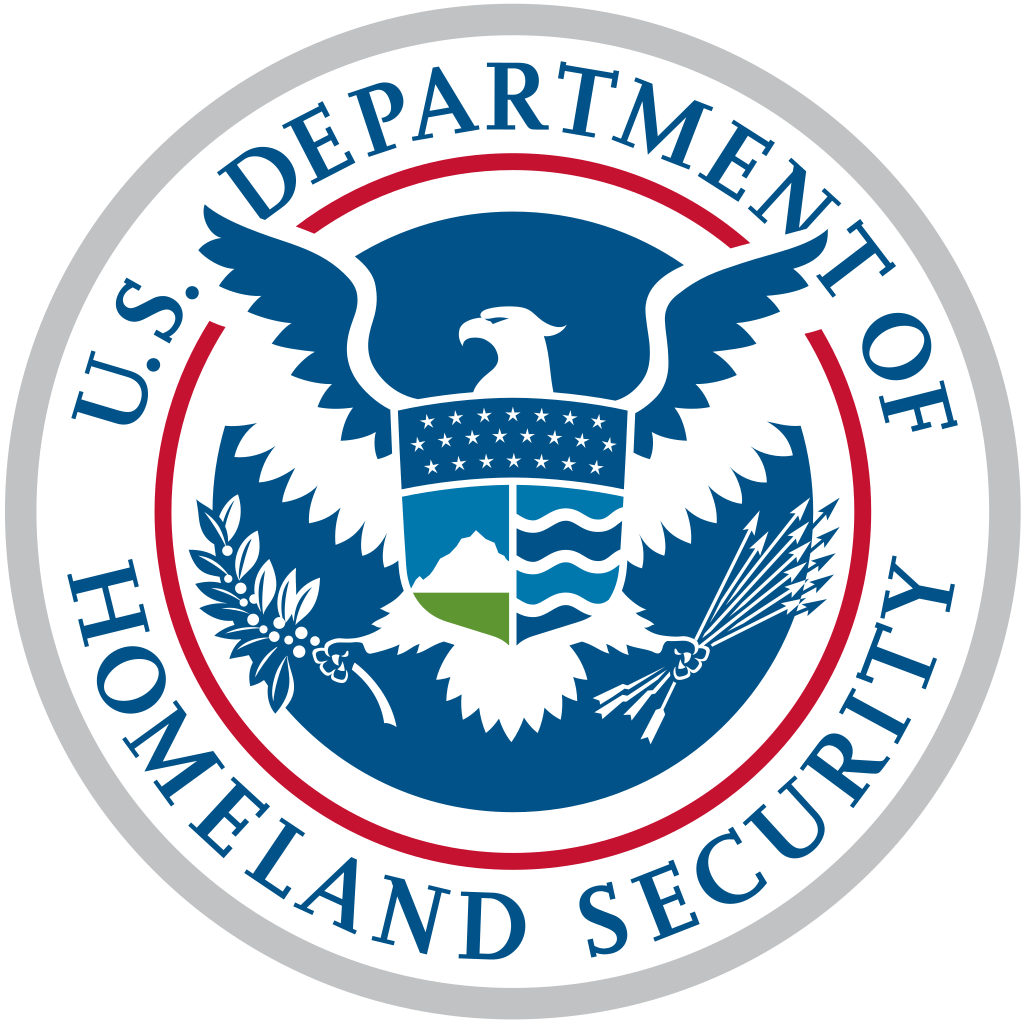
| 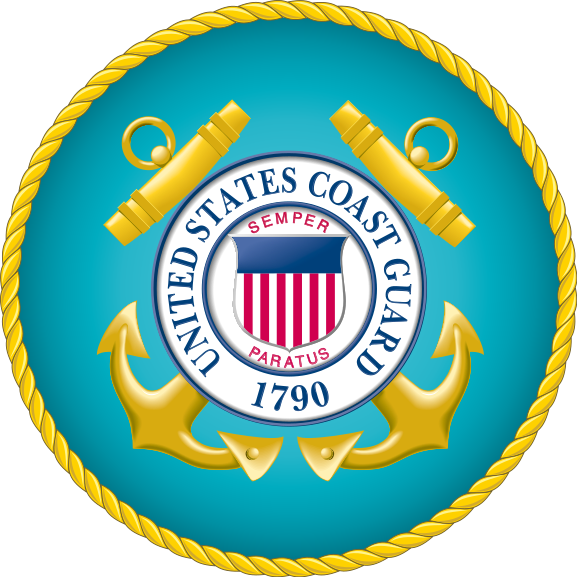
COAST GUARD DEPLOYMENT | 
|
|
CONTEXT
Through Executive Order 23-3, President Gore has ordered the United States Coast Guard to restart regular patrols through American territorial waters. This includes the waters of the States, but also of the territories from Puerto Rico and the U.S. Virgin Islands in the Caribbean to Guam and American Samoa in the Pacific Ocean. While OPERATION NEPTUNE only includes the use of the Coast Guard's Famous-class cutters, the Coast Guard desires to show its practical use through this operation so that it can obtain more advanced and hardy vessels and equipment to better complete its mission. The Executive Order made it clear that the mission of these patrols is "securing American territorial waters, protecting American sovereignty, enforcing United States federal law within territorial waters, environmental protection, and the preservation of life." The Commondant of the Coast Guard has decided that of these objectives, the three most critical are: securing American territorial waters, protecting American sovereignty, and the preservation of life. These three in particular will be guaranteed by having the Coast Guard patrol on the edge of America's territorial waters.
|

| 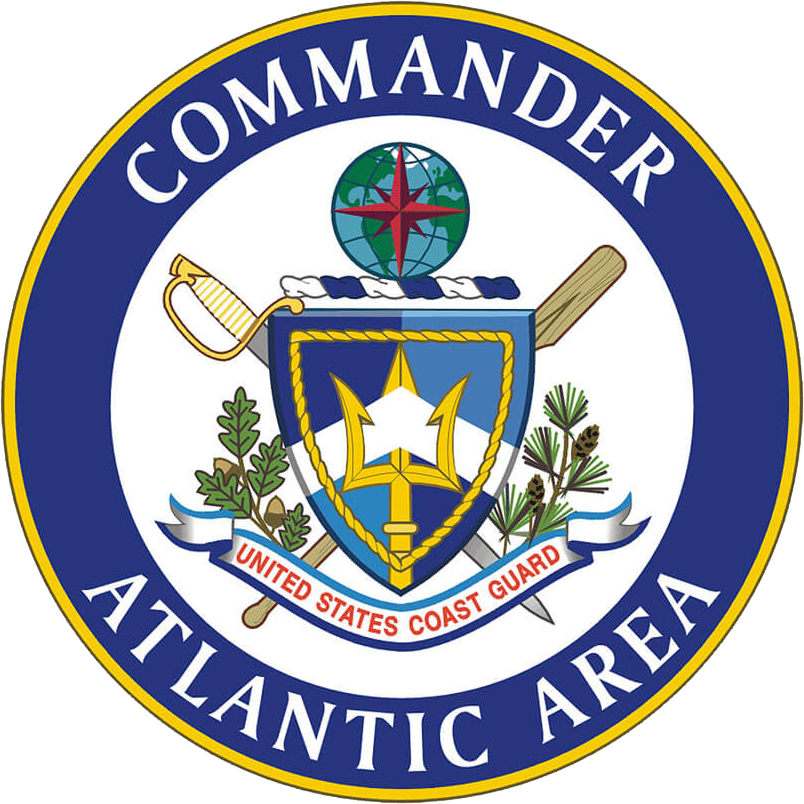
ATLANTIC AREA PATROLS | 
|
|
Atlantic Area
Vice Admiral Leon Black
Vice Admiral Leon Black
| SHIP CLASS | VESSEL | COMPLIMENT | HOME PORT |
| Famous-class Cutter | USCGC Nantucket | 100 | Coast Guard Sector Northern New England |
| Famous-class Cutter | USCGC Loggerhead | 100 | Coast Guard Sector Northern New England |
| Famous-class Cutter | USCGC St. Thomas | 100 | Coast Guard Base Portsmouth |
| Famous-class Cutter | USCGC St. Croix | 100 | Coast Guard Base Portsmouth |
| Famous-class Cutter | USCGC Navassa | 100 | Coast Guard Station Charleston |
| Famous-class Cutter | USCGC Puerto Rico | 100 | Coast Guard Sector Key West |
| Famous-class Cutter | USCGC St. John | 100 | Coast Guard Station San Juan |
| Famous-class Cutter | USCGC Largo | 100 | Coast Guard Base Galveston |
| Famous-class Cutter | USCGC Bloodsworth | 100 | Coast Guard Sector Corpus Christi Harbor Facility |
| Famous-class Cutter | USCGC Pickering | 100 | Coast Guard North Moorings |
| Famous-class Cutter | USCGC Staten | 100 | Coast Guard North Moorings |
DETAILS
Famous-class Cutter - Fully Fueled; Aviation reserves fully fueled; Non-perishable food/water for 2 month journey; Well-rested, fed, and uniformed crew; Standard armaments including: x1 OTO Melara Mark 75 76 mm/62 caliber naval gun; x2 mounted .50 caliber (12.7 mm) machine guns; x100 M4 Carbines in armory and x300 loaded magazines; x100 SIG Sauer P226 pistols and x200 loaded magazines; and all of their necessary armaments and equipment; x1 MH-60 Jayhawk; x2 Navy pilots; x98 Coast Guard sailors.
|

| PACIFIC AREA PATROLS | 
|
|
Pacific Area
Vice Admiral Sean Holmes
Vice Admiral Sean Holmes
| SHIP CLASS | VESSEL | COMPLIMENT | HOME PORT |
| Famous-class Cutter | USCGC Maui | 100 | Coast Guard Exchange Los Angeles |
| Famous-class Cutter | USCGC O'ahu | 100 | Coast Guard Exchange Los Angeles |
| Famous-class Cutter | USCGC Johnston | 100 | Coast Guard Base Seattle |
| Famous-class Cutter | USCGC Samoa | 100 | Coast Guard Base Seattle |
| Famous-class Cutter | USCGC Guam | 100 | Coast Guard Base Honolulu |
| Famous-class Cutter | USCGC Wake | 100 | Coast Guard Base Honolulu |
| Famous-class Cutter | USCGC Howland | 100 | Coast Guard Sector Guam |
| Famous-class Cutter | USCGC Marrowstone | 100 | Coast Guard Sector Guam |
| Famous-class Cutter | USCGC Santa Cruz | 100 | Coast Guard Station Port of Homer |
| Famous-class Cutter | USCGC San Miguel | 100 | Coast Guard Station Juneau |
DETAILS
Famous-class Cutter - Fully Fueled; Aviation reserves fully fueled; Non-perishable food/water for 2 month journey; Well-rested, fed, and uniformed crew; Standard armaments including: x1 OTO Melara Mark 75 76 mm/62 caliber naval gun; x2 mounted .50 caliber (12.7 mm) machine guns; x100 M4 Carbines in armory and x300 loaded magazines; x100 SIG Sauer P226 pistols and x200 loaded magazines; and all of their necessary armaments and equipment; x1 MH-60 Jayhawk; x2 Navy pilots; x98 Coast Guard sailors.
|
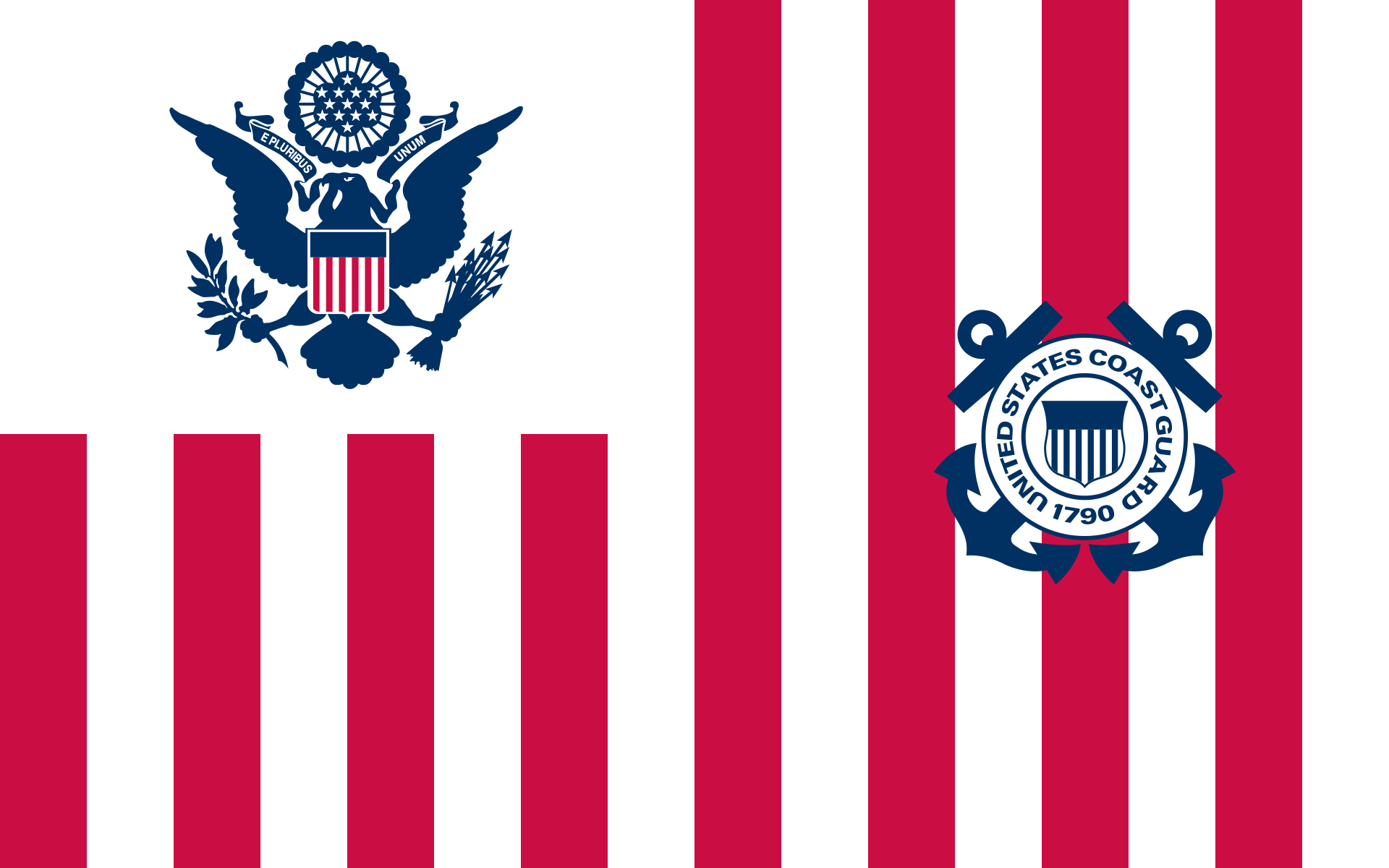
| 
DEPLOYMENT ORDERS | 
|
|
ATLANTIC AREA
The following undermentioned cutters will leave port properly with all normal and standard safety precautions in order to avoid running aground or colliding with other ships or natural/artificial obstructions. At all times the cutters travelled with all passive and active sonar activated and actively looking for other vessels or aircraft. All sightings of American warships (or armed ships) would be recorded and immediately securely reported to the U.S. Coast Guard and the U.S. Navy. The cutters would generally straddle America's territorial waters (20 miles from the coast) and would never enter the territorial waters of another nation. The cutters would also avoid all natural and unnatural obsticles to avoid a collision while on their journeys. The cutters will travel at 12 knots unless it is unsafe to do so. The cutters would obtain constant weather updates from the National Weather Service and the Coast Guard in order to ensure that the ships would be able to safely travel their routes and would plan accordingly in the event that they were heading into bad weather. When the cutters passed by land, designated watchmen would take close observations (with military-grade binoculars) and record what was observed. All of the cutters departed port with the maximum amount of food, water, and medical supplies that they would take on a standard 21-day deployment. The cutters would continue going back and forth on these routes unless they were rerouted for other duties, became distressed, or until it was the 21st day and time to return to port.
Cutters Nantucket and Loggerhead properly departed from their home ports to begin a patrol of the New England coast. Their travelled route would officially begin on the American side of the border of America and Canada's territorial waters off the coast of West Quoddy Head Light. From there they would travel south to the southern border of Delaware and Maryland off the coast of Fenwick Island, and then turn around to repeat the same route. The two cutters would start at opposite ends of the route so that they were never in the same area until they passed each other.
TRANSIT
FN>FM
FM>FN
Cutters St. Thomas and St. Croix properly departed from their home ports to begin a patrol of the southeastern coast of the United States. Their travelled route would officially begin at the border of Delaware and Maryland off the coast of Fenwick Island. From there they would travel south to off the coast of West Palm Beach, and then turn around to repeat the same route. The two cutters would start at opposite ends of the route so that they were never in the same area until they passed each other.
TRANSIT
FM>EM>EL
EL>EM>FM
Cutters Pickering and Staten properly departed from their home ports to begin a patrol of the southeastern coast of the United States. Their travelled route would officially begin off the coast of West Palm Beach, Florida. From there they would travel south around the southern tip of Florida, in the southern side of the Florida Keys, around Loggerhead Key, and up the Gulf Coast to the end of the South Pass of the Mississippi River (off the coast of South Pass Light). The two cutters would start at opposite ends of the route so that they were never in the same area until they passed each other.
TRANSIT
EL
USCGC St. John properly departed from her homeport to begin a patrol of American waters around Puerto Rico and the U.S. Virgin Islands. Her travelled route would officially begin off the coast of San Juan, Puerto Rico. From there she would travel west and around Puerto Rico, go around the southern portion of the island, and to the western most point of St. Croix where she would then go around the southern portion of the island and then up to the island of St. John where she would approach the American-British border, but remain on the American side, and pass on the northern side of St. John. From there she would go past the island of St. Thomas and then back to where she started off the coast of San Juan to repeat the same route.
TRANSIT
FK
Cutters Largo and Bloodsworth properly departed from their home ports to begin a patrol of the United States Gulf Coast. Their travelled route would officially begin off the coast of South Pass Light, Louisiana. From there they would travel along the coast of the United States down to the United States-Mexico border, while being sure to stay on the American side, off the coast of Brownsville, Texas. The two cutters would start at the opposite ends of the route so that they were never in the same area until they passed each other.
TRANSIT
EL
PACIFIC AREA
The following undermentioned cutters will leave port properly with all normal and standard safety precautions in order to avoid running aground or colliding with other ships or natural/artificial obstructions. At all times the cutters travelled with all passive and active sonar activated and actively looking for other vessels or aircraft. All sightings of American warships (or armed ships) would be recorded and immediately securely reported to the U.S. Coast Guard and the U.S. Navy. The cutters would generally straddle America's territorial waters (20 miles from the coast) and would never enter the territorial waters of another nation. The cutters would also avoid all natural and unnatural obsticles to avoid a collision while on their journeys. The cutters will travel at 12 knots unless it is unsafe to do so. The cutters would obtain constant weather updates from the National Weather Service and the Coast Guard in order to ensure that the ships would be able to safely travel their routes and would plan accordingly in the event that they were heading into bad weather. When the cutters passed by land, designated watchmen would take close observations (with military-grade binoculars) and record what was observed. All of the cutters departed port with the maximum amount of food, water, and medical supplies that they would take on a standard 21-day deployment. The cutters would continue going back and forth on these routes unless they were rerouted for other duties, became distressed, or until it was the 21st day and time to return to port.
Cutters Maui and O'ahu properly departed from their home ports to begin a patrol of the California coast. Their travelled route would officially begin on the American side of the border of America and Mexico's territorial waters off the coast of San Diego. From there they would travel north to the border of California and Oregon, and then turn around to repeat the same route. The two cutters would start at opposite ends of the route so that they were never in the same area until they pass each other.
TRANSIT
DM>CM>CN
CN>CM>DM
Cutters Johnston and Samoa properly departed from their home ports to begin a patrol of the Washington and Oregon coasts. Their travelled route would officially begin at the border of California and Oregon and would go up to the American side of the border of America and Canada's territorial waters off the coast of Tatoosh Island. The route then repeats in the opposite direction. The two cutters would start at opposite ends of the route so that they were never in the same area until they pass each other.
TRANSIT
CN
Cutters Guam and Wake properly departed from their home ports to begin a patrol of the Hawaiian Islands. Their travelled route would officially begin off the coast of the southern tip of the island of Hawaii and would go up the western side of the Hawaiian Islands to the northern coast of the island of Nihoa. The route then repeats, except on the eastern side of the islands, in the opposite direction. The two cutters would start at opposite ends of the route so that they were never in the same area.
TRANSIT
BK>BL>AL
AL>BL>BK
Cutters Howland and Marrowstone properly departed from their home ports to begin a patrol of Guam and the Northern Mariana Islands. Their travelled route would officially begin off the coast of the southern tip of Cocos Island and would go up the western side of Guam and the western coasts of the Mariana Islands to the northern coast of Saipan Island. The route then repeats, except on the eastern side of the islands, in the opposite direction. The two cutters would start at opposite ends of the route so that they were never in the same area.
TRANSIT
QK
Cutters Santa Cruz and San Miguel properly departed from their home ports to begin a patrol of some of Alaska's coast. Their travelled route would officially begin at the border of America and Canada's territorial waters off the coast Dall Island. From there they would travel north to a point off the coast of Augustine Island, and then turn around to repeat the same route. The two cutters would start at opposite ends of the route so that they were never in the same area until they pass each other.
TRANSIT
CO>BO
BO>CO
|


